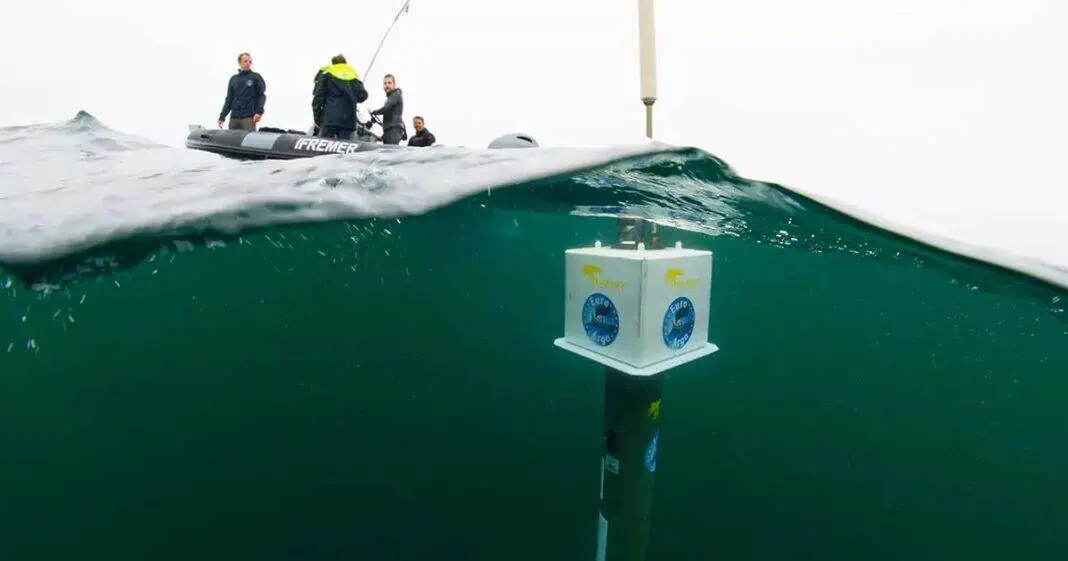At the 3rd United Nations Ocean Conference (UNOC3), the importance of the Argo program toward ocean monitoring is being highlighted.
The program enables the collection of a wide range of data about the ocean from a vast array of floats distributed around the planet.
Launched in the early 2000s, the program which is evolving into a new phase called OneArgo, represents a revolution in ocean monitoring. The autonomous underwater instruments are capable of covering vast swaths of the ocean and providing data allowing us to understand what is happening in the ocean in real time.
This data can then be used by researchers, scientists and stakeholders to better understand phenomena such as ocean deoxygenation, ocean acidification and the impact and influence of the deep ocean on climate.
While the OneArgo program is still in its infancy, it aims to be fully functional by 2030.
By then, the OneArgo Program aims to achieve the following:
- A total of 4,700 profiling floats in the OneArgo array.
- 1,200 floats aimed at deep-ocean measurement with the capacity to measure down to 6,000 m (Deep floats)
- 1,000 floats are set to monitor key biogeochemical parameters (BGC floats), including pH, oxygen content, chlorophyll, light, suspended particles and nitrate concentrations.
At this point, the OneArgo program is already moving forward. So far, 500 BGC floats and 200 Deep floats have been deployed and are operational, collecting data.

